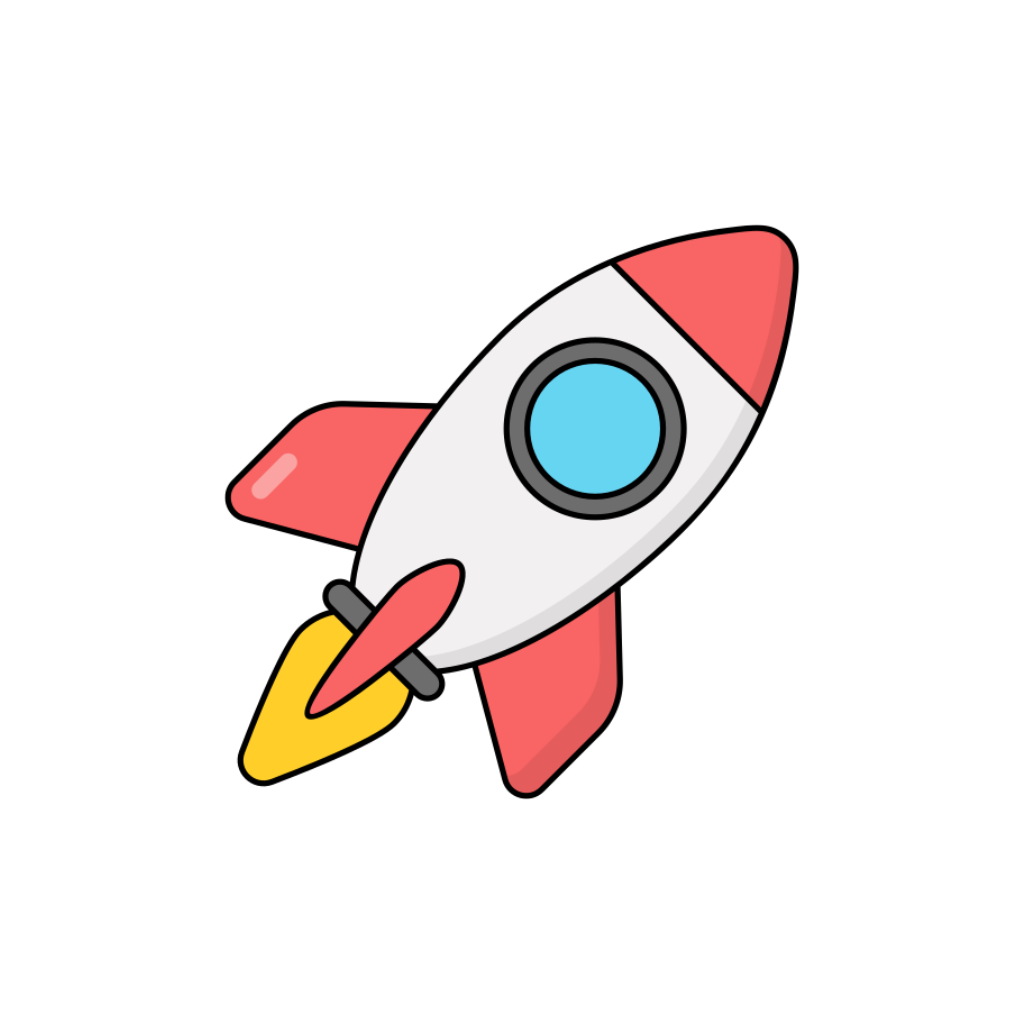Introduction: The Beating Heart of Progress
Human innovation is the perpetual heartbeat of our species, a relentless drive to reshape its environment and self-understanding. Across time, human beings have devised tools and ideas that transform societies, ignite progress, and instill hope for future generations. This entry explores humanity's inventive spirit, from ancient wonders to cutting-edge technologies, tracing the lineage of human creativity that has charted a path toward an unimaginable future.
"Innovation distinguishes between a leader and a follower." — Steve Jobs
The Genesis of Human Innovation: Early Ingenious Breakthroughs
Ancient Pioneers and Their Tools
- Crafting the First Implements: Our ancestors laid the groundwork for technological advancement with basic stone tools over 2 million years ago. Innovations such as hand axes and spears mark humanity's initial steps toward shaping its environment, fostering survival and community cohesion.
- Harnessing Fire and Energy: The control of fire was a profound leap in human history. Providing warmth, protection, and a cooking method, fire enabled migratory expansion and dietary improvements, fueling population growth and facilitating social interaction around hearths.
The Birth of Agriculture and Settlements
- Farming Revolution: About 10,000 years ago, the Agricultural Revolution transformed nomadic tribes into settled agrarian societies. Techniques like crop rotation and domestication of animals led to surpluses, enabling the rise of complex civilizations.
- Urbanization and Infrastructure: Early cities, from Mesopotamia's Sumerians to Egypt's Pharaohs, showcased remarkable engineering prowess. Innovations in irrigation, road systems, and architecture set the foundation for large-scale urban living, demonstrating humanity's ability to reshape environments on massive scales.
Epochs of Innovation: Driving Forces of Civilization
Classical Achievements
- Greek and Roman Innovations: The Golden Age of Greece sparked breakthroughs in philosophy, democracy, and science. Roman engineering achievements, such as aqueducts and concrete, revolutionized public infrastructure, laying down blueprints for urban planning and governance.
- Ancient China's Legacy: China's contributions include inventions such as the compass, paper, and gunpowder, which transformed military, navigation, and communication methods across Asia and beyond, precipitating shifts in power dynamics and intercontinental exchanges.
From Medieval to Renaissance Flourishing
- Islamic Golden Age: Between 750 and 1258 AD, scholars in the Muslim world made groundbreaking advances in mathematics, optics, medicine, and astronomy. Libraries and universities in Baghdad and Cordoba became founts of learning, preserving Greek and Roman knowledge while contributing new insights.
- European Renaissance: The Renaissance in Europe was marked by a resurgence in humanistic thought and artistic revival. Innovations such as the printing press democratized knowledge, while scientific inquiry led by figures like Galileo and Copernicus began challenging entrenched beliefs, laying groundwork for modern science.
The Industrial Revolution: Fueling a New Age
Steam, Steel, and Societal Transformation
- Mechanization and Production: The Industrial Revolution in the 18th and 19th centuries introduced the steam engine, mechanized textile production, and iron and steel manufacturing. This mechanization revolutionized transportation and industry, exponentially increasing production capabilities.
- Urban and Economic Shifts: Factories reshaped urban landscapes, drawing populations into cities where industrial jobs thrived. Economics shifted from agrarian dependency to industrial capitalism, leading to labor movements and eventual reforms that aligned with increasing demands for human rights and equitable treatment.
Electrification and Communication
- Harnessing Electricity: The advent of electricity unraveled new dimensions of innovation—light bulbs, telegraphs, and telephones transformed daily life and interpersonal communication, establishing interconnected cultural narratives and augmenting societal functions around the globe.
- Transitory Mobility: The creation of automobiles and airplanes reshaped transportation, connecting remote locations and fostering global exchange. Spurred by oil and new energy sources, the mobility revolution energized commerce and social dynamics transcending traditional barriers.
The Digital Revolution: Interconnectivity and Transformation
Computing Power and the Information Age
- The Birth of Computers: The mid-20th century heralded the computer age. Turing's theoretical framework, combined with practical devices like ENIAC, catalyzed computing innovation. Developments in software and the creation of the internet opened vast realms of information sharing and technological progress.
- Digital Integration: Computers permeated industries and homes, transforming data management, communication, education, and entertainment. Digital technology fueled globalization, creating a world where knowledge and commerce were available at unparalleled scales and speeds.
The Age of Artificial Intelligence
- Artificial Intelligence and Beyond: The development of AI and machine learning introduced powerful capabilities, from natural language processing to automated systems in medicine and manufacturing. Ethical discourse emerged, addressing concerns about autonomy, privacy, and societal impacts amidst technological omnipresence.
- Quantum Leaps in Potential: Quantum computing, though nascent, signals potential to solve complex problems at scales unreachable by classical technologies, offering transformative applications in cryptography, drug discovery, and climate modeling.
The Horizon of Human Innovation: Potential Paths and Perils
Exploring Future Trajectories
- Sustainable Technological Frontiers: Balancing innovation with ecology is paramount as humanity confronts climate change. Promising fields include renewable energies, carbon capture technologies, and sustainable architecture that integrate efficiency with environmental stewardship.
- Space Frontiers and Global Collaboration: Human endeavors to reach beyond Earth inspire continued collaboration, from establishing lunar bases to planning Mars missions. Fostering international partnerships ensures a unified approach to explore and inhabit new frontiers responsibly and ethically.
Challenges and Ethical Considerations
- Equitable Access and Governance: Ensuring AI and technological advancements are deployed equitably safeguards societies against deepened divides. Governance models incorporating ethical frameworks will be central to navigating the implications of emerging technologies.
- Navigating Technological Dependencies: Innovation's benefits are accompanied by dependencies, such as cybersecurity vulnerabilities and socio-economic disparities. Preparing contingencies and resilient systems ensures technological progress strengthens rather than threatens.
Conclusion: The Unyielding Spirit of Creation
Innovation remains humanity's guiding beacon, illuminating pathways toward expansive possibilities that redefine existence and elevate potential. Through this unyielding spirit of creation, each breakthrough—a symphony of past inspirations and present ingenuity—invites humanity to embrace challenges and opportunities with grace and resilience.
As we look to the future, conscious creativity rooted in compassion and wisdom will deliver not only survival but flourishing—a tale that began with stone tools and will endure as long as the human imagination dares to dream.
"To invent, you need a good imagination and a pile of junk." — Thomas Edison
INDUSTRIAL REVOLUTION, INNOVATION, SUSTAINABILITY, CREATIVITY, AI, ETHICS, ANCIENT TECHNOLOGY, DIGITAL AGE, FUTURE TECHNOLOGY, COLLABORATION

